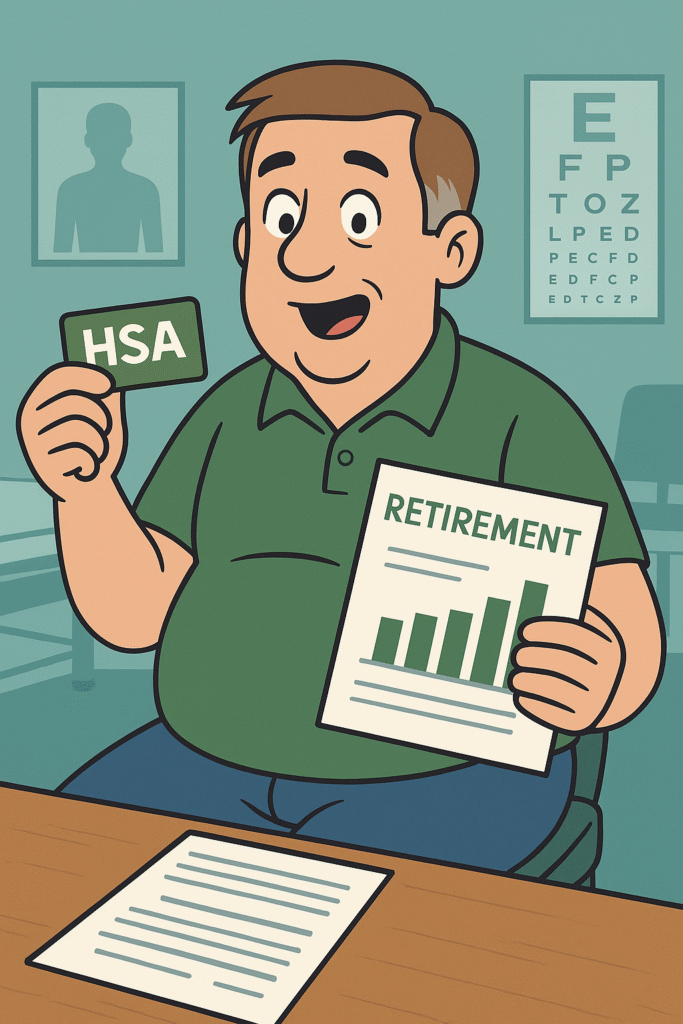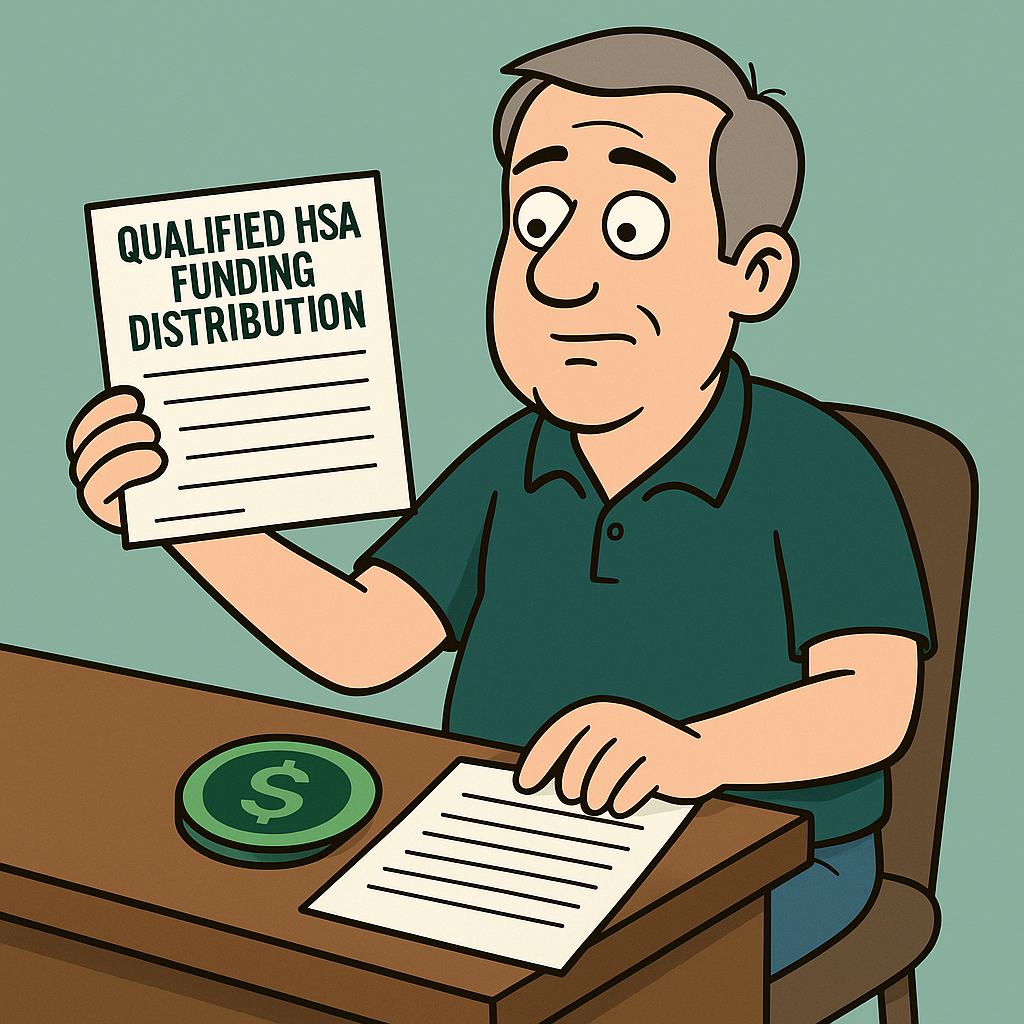Health Savings Accounts (HSAs) aren’t just for paying today’s medical bills. Here’s why an HSA might be the most powerful retirement account in your toolbox.
More Than Just a Doctor Bill Fund
When most people hear “HSA,” they think: That’s the account I use when I forget how expensive an ER visit is. But the truth is, the humble Health Savings Account might be the best retirement account you’ve never fully used.
It’s not flashy. It doesn’t get the hype of a 401(k) or Roth IRA. But if you’re in midlife and worried about retirement costs, especially health expenses, the HSA is about as close as you get to a financial cheat code.
Triple Tax Advantage: The Unicorn of Accounts
Here’s why financial nerds drool over HSAs:
- Contributions are tax-deductible. You lower your taxable income today.
- Growth is tax-free. Invest the money, let it grow without Uncle Sam taking a cut.
- Withdrawals are tax-free… if used for qualified medical expenses.
No other account checks all three boxes. Not a 401(k). Not a Roth. Not even both together.
The Big Picture: Health Costs in Retirement
Healthcare will likely be one of your biggest expenses in retirement. Fidelity estimates the average 65-year-old couple needs over $300,000 for medical expenses in retirement. That doesn’t include long-term care.
If that number makes you want to crawl under a blanket, the HSA is your flashlight. It’s tailor-made for that expense category.
How to Use an HSA Like a Retirement Account
Most people swipe the HSA debit card at the pharmacy. Nothing wrong with that. But here’s how to supercharge it:
- Pay out of pocket today, save receipts. Let your HSA money stay invested. Years later, you can reimburse yourself tax-free.
- Invest, don’t just save. Many HSAs let you invest once your balance passes a threshold (say $1,000 or $2,000). Treat it like a mini-401(k).
- Think long game. The more you leave untouched, the more it compounds to cover those six-figure health costs later.
What If You Don’t Use It for Health?
Here’s the backup plan:
- At 65+, you can withdraw for anything (not just health) without penalty.
- You’ll pay ordinary income tax, just like a 401(k).
So worst case? Your HSA becomes another retirement account. Best case? It’s a tax-free medical war chest.
Midlife Strategy: Why It’s Perfect for Us
For those of us “in the middle”:
- We’re still earning, so we benefit from the tax deduction now.
- We’ve got time (10–15 years) for investments inside the HSA to grow.
- We know health costs are coming — this isn’t optional spending.
An HSA makes sense because it’s not about gambling on if you’ll need it. You will need it.
The Quiet MVP of Retirement
The HSA won’t win any popularity contests. It won’t trend on TikTok. But if you use it right, it quietly becomes one of the strongest retirement tools in your arsenal.
It’s not just about paying today’s bills. It’s about building tomorrow’s security.
👉 Next step: If you’ve got access to an HSA, check if your provider offers investment options. Future You will thank Present You.
Want to take your HSA knowledge even further?
There’s actually a rare IRS rule that lets you move money from a retirement account directly into your HSA — most people don’t even know it exists. I explained it here: The Rare IRA/401(k) → HSA Transfer You Probably Didn’t Know You Could Do.



Pingback: HSA Funding: Unlocking IRS Rules for You - In The Middle Money
Pingback: The Midlife Money Catch-Up Plan - In The Middle Money
Pingback: Should You Still Care About Your Job Title After 50? - In The Middle Money
Pingback: No Retirement Match: What You Need to Know - In The Middle Money
Pingback: Should I Have a High Yield Savings Account? - In The Middle Money